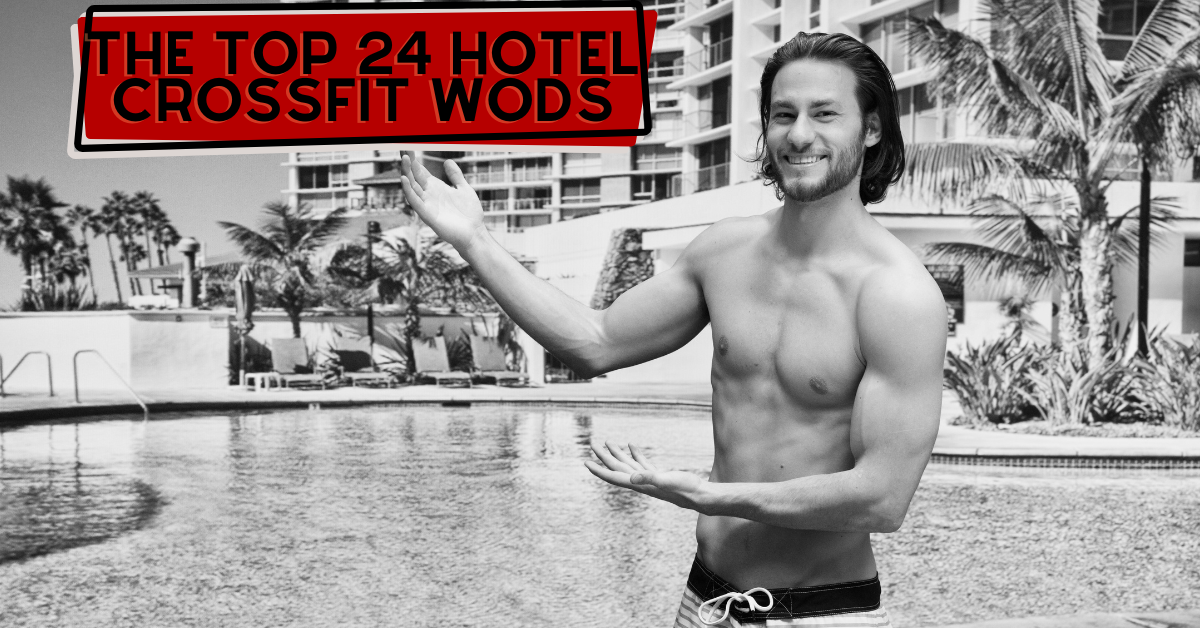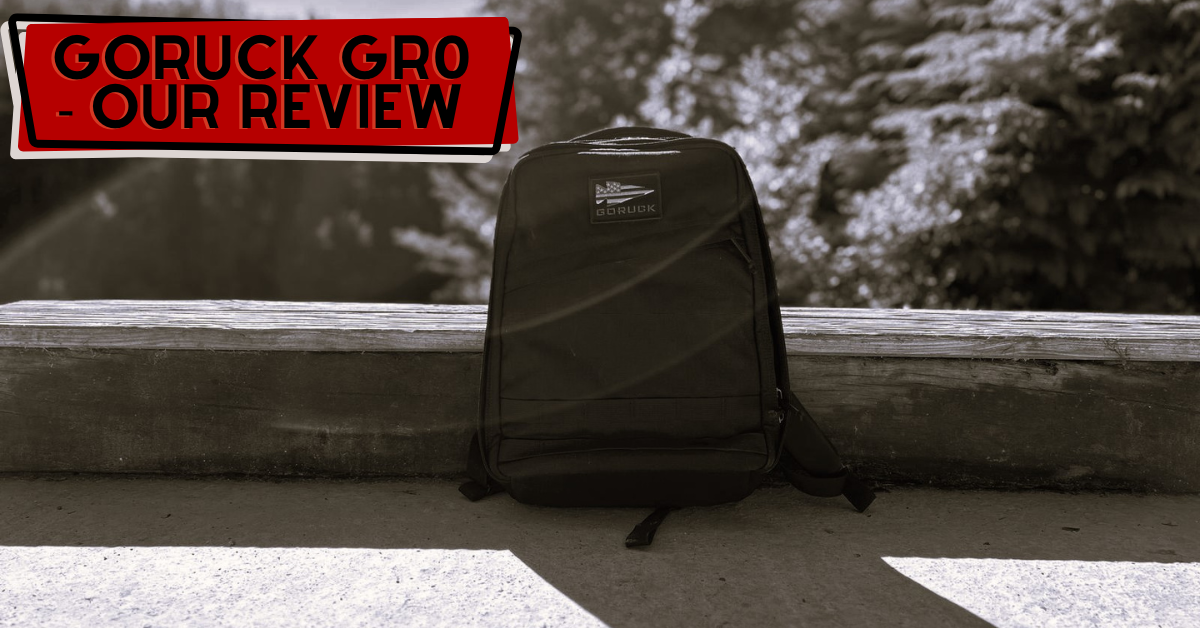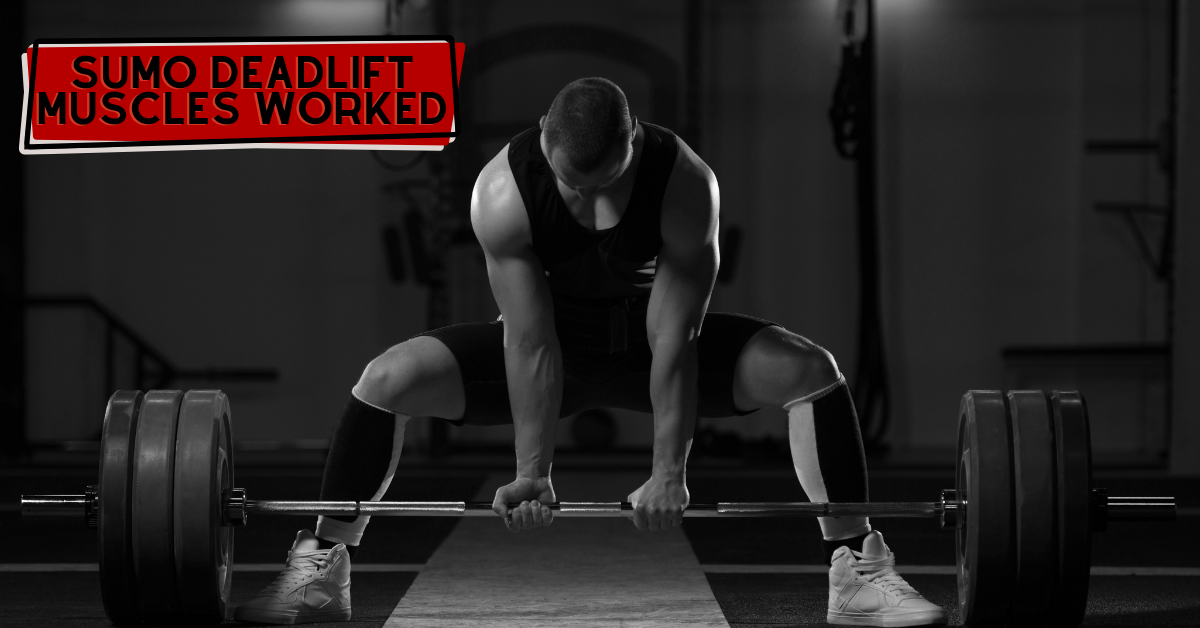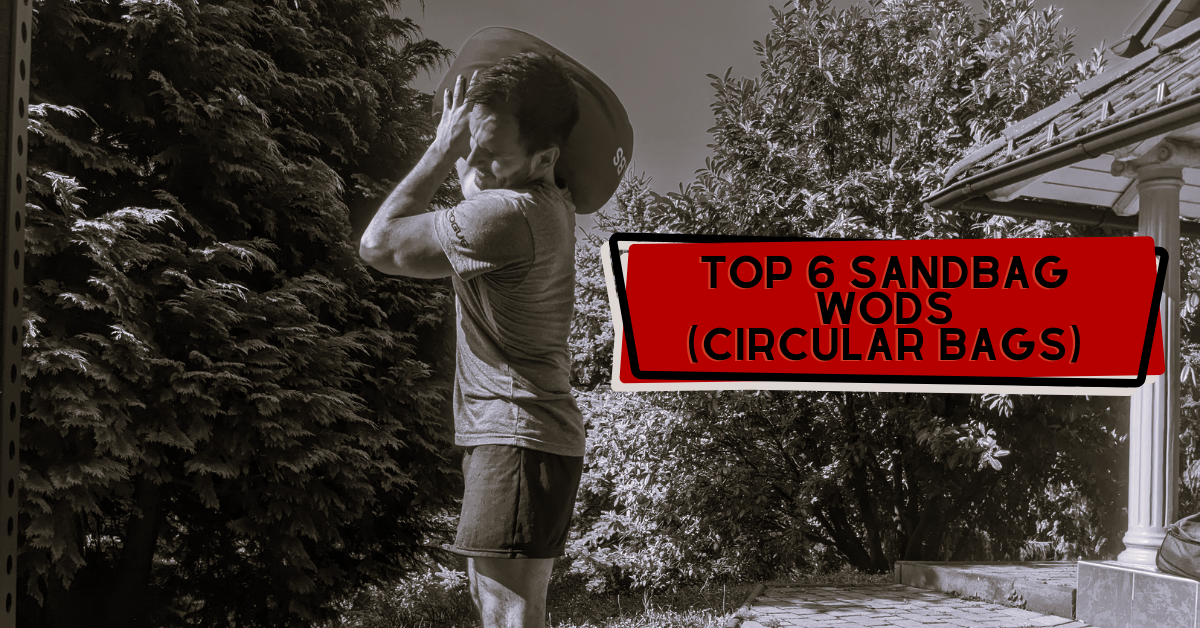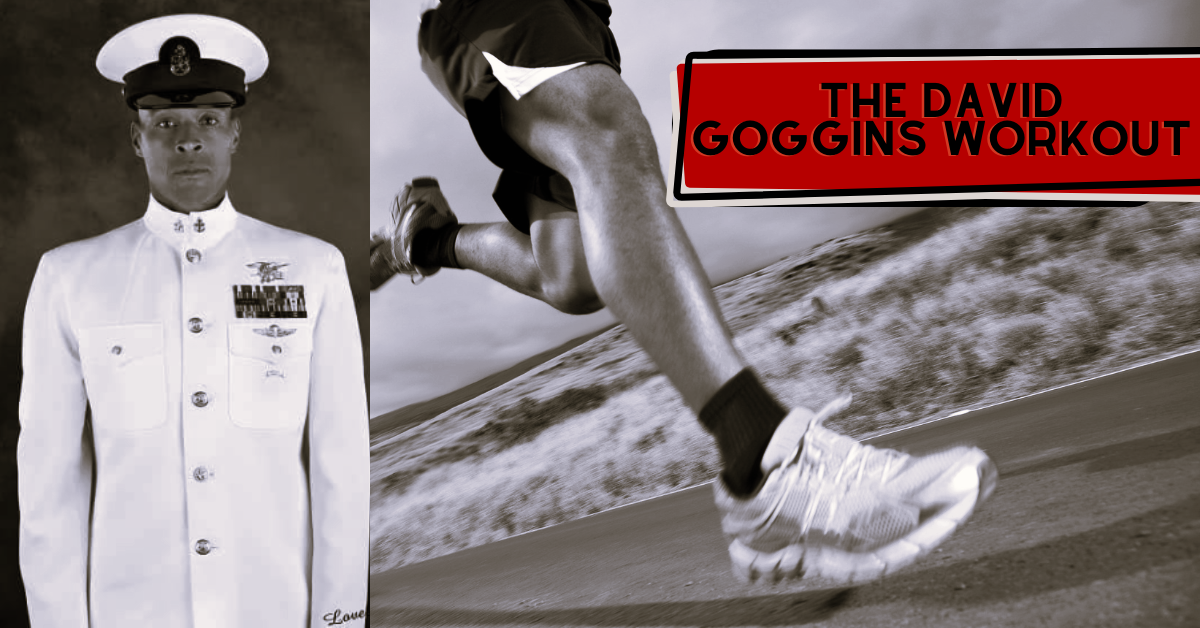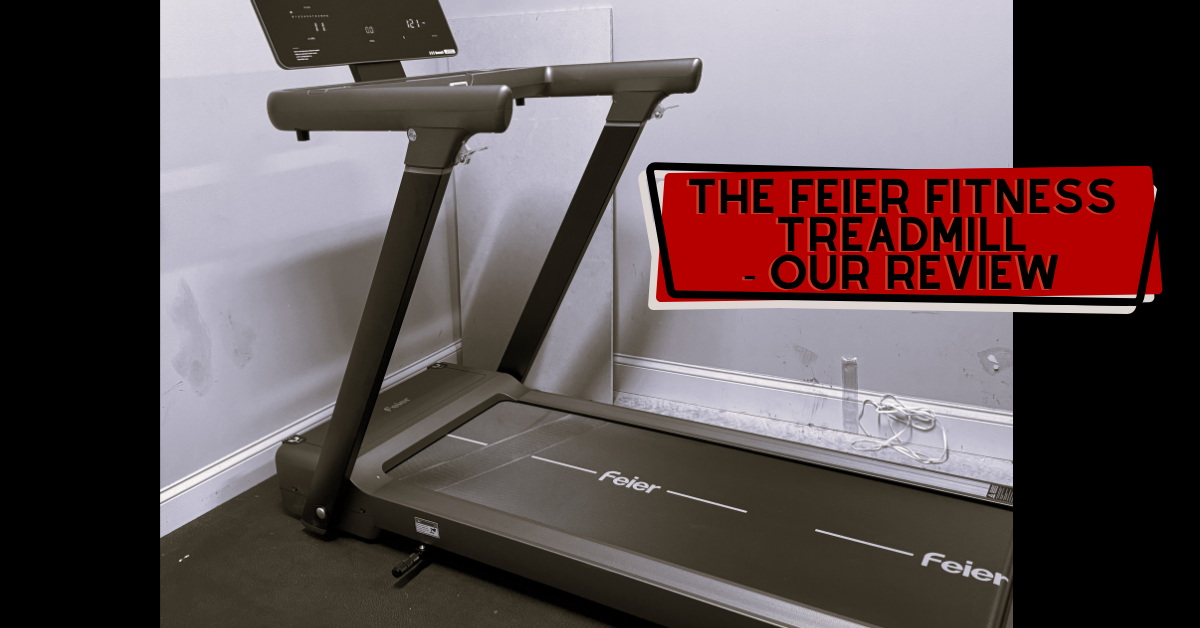⭐️ Best Affordable Rucking Shoes: 87/100
The 5.11 Tactical Ranger 2.0s are, as their name implies, the second generation of the company’s attempt at an “all-terrain” shoe.
Despite not being marketed as a dedicated rucking shoe, the Ranger 2.0’s sufficient, but not excessive tread/lugs, protective, yet breathable mesh, and load-bearing insert position itself specifically for different rucking activities.
The Ranger 2.0 is not constructed of the highest-quality materials, but it’s base-level price point is particularly attractive, especially relative to other, more expensive peers/competitors.
Pros
Simplistic design that facilitates, but doesn’t overcomplicate rucking
Lightweight, but sufficiently robust for rucking on terrain
Very affordable price point
Cons
Not overly special materials
Not ideal as a general training/”do everything” shoe
Positioning of the tongue logo is awkward
5.11 Tactical is pretty well known for its (extremely large) collection of outdoor (and related) gear offerings. It’s pretty easy to get pretty far down a rabbit hole, even when looking at more specific item categories (ex. backpacks and bags).
Despite this extensive collection, the company doesn’t have as much of a history with dedicated rucking shoes. Boots…sure, but shoes…not so much.
In recent years, the Ranger line has been released as an “all-terrain” offering and, interestingly enough, seems to satisfy more “rucking shoe” requirements than it ticks “trail shoe” boxes.
It is possible that 5.11 has managed to crack the code of practical, yet inexpensive rucking shoes without actually intending to do so? I can’t speak for the O.G. Ranger, but today, I’ll tell you all about how the Ranger 2.0 might be one of the most overlooked and underrated rucking shoe options out there today.
Table of Contents
“Pure” Rucking
The 5.11 Tactical Ranger shoes may not be the best shoes for rucking on the market today…but they’re pretty good (especially considering how much you’d pay for them…something we’ll discuss a little bit later on).

At its heart, the Ranger is an almost overly simplistic rucking shoe, not going crazy with a multitude of additional (and in many cases, superfluous) features that the vast majority of ruckers probably aren’t going to be able to appreciate (and probably definitely) don’t actually need.
- They’re comfortable enough (even over time), largely due to their EVA midsole material
- They’re light enough to not cause unnecessary fatigue while still being robust enough to handle additional load (Attwells, Birrell, Hooper, & Mansfield, 2006).
- Their lugs/tread are sufficient enough to deal with some heavier terrain while not being too aggressive on pavement.
- The outer mesh isn’t the most protective, but is enough to keep most of the nasties out while being thin enough to promote airflow and breathability to the feet.
If you really want more from your shoe, then these will probably disappoint. However, if you’re like most ruckers I know who did not, at least until just now, realize that you even wanted these features out of your rucking shoes, you may be pretty happy at what the Ranger 2.0s offer.
When it comes to “pure” rucking (which we define as rucking that combines elements of more casual walking under load over a wider variety of terrain), outsole (and by extension, the lugs/tread) and outer mesh are what stick out the most.

Some rucking shoes and boots have rather deep treads that are designed to maximize grip in thick grass, forest floors, etc. and/or on particularly difficult terrain (ex. rocky crag). The Ranger 2.0’s tread isn’t as deep or aggressive as many of these options, but I have found that in the deeper forest I regularly ruck (or even more casually walk through in these shoes), I am able to maintain my footing with any issue.
To piggyback on this point, I can sometimes feel the impact of the types of twigs and underbrush that are common in these areas, but have yet to feel any legit “poking” from them and my shoes have not suffered any abrasions. As such, I would argue that if your rucking involves this type of terrain (and maybe slightly heavier), the Ranger 2.0s will be just fine.
One final area I’d like to point out is that unlike the “speed laces” of other popular rucking shoes, I prefer the more traditional (and thicker) laces on the Rangers. The only issue with them is (and this slightly impacts my ability to get a perfect fit with them) the 5.11 Tactical logo on the tongue actually sticks out/up, making it necessary to lace over or around it…which isn’t ideal.
This caveat aside, I wouldn’t recommend these if you regularly ruck in heavier terrain and/or if you prefer rucking shoes with more…for lack of a better term…”bells and whistles”. However, the Ranger 2.0 proves that dedicated rucking shoes can be both “simple” and “very good”.
“Pure” Rucking: 90
“Speed” Rucking
This is an interesting category for the Ranger 2.0s and is an area that could be particularly attractive to certain types of ruckers as the shoe unwittingly benefit from their relative lack of tread/lugs. “Speed” rucking involves moving on terrain that is generally considered to be improved (most often, concrete roads) and superior traction isn’t really at all necessary.

With that being said, the presence of this tread is appreciated during certain aspects involved with rucking on concrete, most notably when navigating uneven stone surfaces (ex. cobblestone) and when descending steeper surfaces. I find these situations much easier to manage with the minimal, but sufficient lugs on these shoes…and my knees thank me for it.
For this specific task, the Rangers benefit from their relative light weight and, interestingly enough, from their “Built-in All Terrain Load Assistance System (A.T.L.A.S.) technology”.
(Yeah…that’s the actual name and abbreviation for this “technology”…)
This isn’t the first time we’ve discussed the A.T.L.A.S. system as it is also present in the 5.11 Tactical A/T Trainers. In the case of those shoes, though, I found it to be almost more of a detriment than something that actually stabilized me (and the load I was working under). With the Ranger 2.0s, I wouldn’t say that it’s some miracle-working insert, but it is noticeable.
One final thing I’ll note is that I have had a little bit of difficulty achieving the “perfect” fit with these shoes. When I attempt to get them tight (which is my preferred extreme) they end up growing uncomfortable at about the 1/2-mile mark when moving on pavement. When they are looser, I don’t experience any discomfort…just not my preferred feeling.
With this in mind, if you prefer a tighter fit when you’re moving fast, these may not be the option (or the problem could/most likely is with me!), but if you prefer a looser fit, the Ranger 2.0 shoes might be ideal options for you.
“Speed” Rucking: 90
“Dynamic” Rucking/CrossFit
I wouldn’t go so far as to say that this is the area where the “bottom falls out” of the Ranger 2.0, but if you’re looking for a that works as a CrossFit/”functional fitness”/”ruck fitness” type of shoe, this really isn’t the one you want (especially for the former two activities).
Right off the bat, the lugs/”cleats” on the bottom aren’t going to be ideal (like, at all) for movements like barbell deadlifts or squats and can be downright dangerous for Olympic lifts. Because these treads aren’t nearly as aggressive other options, the downside isn’t as low…but you still don’t want to do any type of serious lifting in these.
Also, keep in mind that “‘Speed’ Rucking” and “Running” are two very different things. Unless I was planning on doing Murph in a field, I wouldn’t ever go out of my way to do training runs (specifically) in these.

Regarding “ruck fitness” activities (the types that you would find at a GORUCK event or in the company’s Tribe ‘n Training programming) the Ranger 2.0 works a bit better, mainly because:
- You’re not using a barbell/getting under or pulling a significantly heavy load
- You’re oftentimes outside, training on grass, etc.
Performing a 30-pound ruck swing in your backyard is going to be much more palatable in these shoes than a set of 225-pound front squats in your garage gym.
I could split this score up in two (like I do with the following section), but am more of the mind to conclude that these shoes aren’t really all that special for dedicated “turn your ruck into your gym” type of training. You can definitely do a lot worse, but if this activity is your bread and butter, you can also do a lot better.
“Dynamic” Rucking/CrossFit: 75
General Training
Discussing the 5.11 Tactical Ranger 2.0s in the context of “general training” is a little bit tricky considering that the kind of person who would actually consider these shoes for such purposes is likely more into outdoor training than most others are.
Truth be told, I think you can definitely get away with wearing these as general training shoes more so than you can with many other dedicated rucking shoes (or other shoes of the type), but for the most common and basic of general training tasks (“normal” bro gym circuit training and running), you can (and should) do better than these.
For one, although the lugs/cleats aren’t as intense on these as they are with many others, it’s possible that these may not even be permitted in many gym settings. Working out in your own garage/basement helps, but these can still be a little awkward, especially if you’re doing any type of technical barbell work where “foot-ground” connection is necessary (Haghighat, Rezaie, & Majlesi, 2024).
As we’ve discussed, it’s possible to move decently fast in these under load, but you’d never want them to be your go-to running shoes. I would argue that they’re not even appropriate as trail running shoes (they’re a bit too heavy and slightly to “heavy duty” for these tasks).
However, all of this changes if you prefer outdoor work to include tasks like hill sprints, outdoor calisthenics, and pickup games of soccer and the like will find these to be rather serviceable for these types of activities. To the latter, a sport-specific cleat is, predictably, going to be better suited for the task, but as an “all-sport” shoe, the Ranger 2.0 ain’t bad.
I wouldn’t suggest picking these up as your general training shoe, but if you’re concerned about their widespread utility, rest easy…especially if you do a significant amount of outdoor training.
General Training Score: 80*** (72.5 for indoor activity/87.5 for outdoor activity)
Construction & Materials
To be completely honest, I don’t really have the greatest expectations for shoes that can be had for under $40 for some variations…

…and if you’re being honest with yourself, you know you shouldn’t expect the greatest materials in a very affordable shoe, either…
This leads to kinda a “good news, bad news situation”.
The bad news is, the Ranger 2.0’s materials aren’t the best I’ve ever come across.
The good news is…the honesty we each had with ourselves didn’t let either of us down!

Getting back to the topic/category at hand, I wouldn’t say that the Ranger shoes’ materials are bad persay…they’re just not overly special and feel very average. There really isn’t anything that feels “premium” about them and, in my opinion, their looks definitely don’t betray any higher levels of quality.
The suede outer mesh does its job, but it doesn’t really inspire confidence in regard to overall longevity/durability. Additionally, the rubber outsole is robust enough to do what I need it to do, but I have no illusions that it is so kind of high-quality or “special” rubber compound (which isn’t all that uncommon in these types of shoes).
The “removable” insole does provide some extra relief under heavier loads, but it doesn’t really seem to be that much higher of quality than the extra insoles that come with a lot of training shoes when you first get ’em.
I mentioned that the manner in which the logo on the tongue sticks out is an awkward and frankly unnecessary engineering gaffe that you either have to lace over (which is kinda cumbersome) or under (which affects tightening a bit).
With that being said, I can’t really fault most of the actual construction of these shoes because they are very practical rucking shoes. If some thought hadn’t been put into this process, they wouldn’t have as much rucking utility as they do.
Overall, don’t expect to be “wowed” by these shoes, especially when you first open the box and start to feel them up (…sorry…that just sounds…wrong…). Once you’re out and about, your opinion of them will start to improve.
Construction & Materials: 80
Price
I’m going to break protocol here and am actually going to assign this score based on the Ranger 2.0’s sale price. The problem with doing this should be obvious, but being that these shoes seem to permanently be on sale, we’ll take a chance here.
Under $40…forty dollars for a good pair of dedicated rucking shoes! Now that is a deal!

If, for some reason, you can’t find these on sale, they’re priced at a reasonable $110 (the only reason why we “only” give these a 95 in this area is to account for this exact possibility).
You’re going to be hard-pressed to find any shoe, yet alone a decent one, priced so low and while it isn’t uncommon to find these types of deep discounts on 5.11 Tactical, my discounted experience with their A/T Trainer shoe wasn’t nearly as good as it was with the Ranger 2.0.
Good shoe; great price.
Price: 95
Customer Reviews
The Ranger 2.0’s hold up pretty well under the “rude gaze of public scrutiny” (IYKYK!) and while 5.11 Tactical’s actual rating system is pretty awkward (every color scheme for the same product is assigned its own customer reviews score), adding these all up isn’t too hard. When the dust settled, these walked away with a cool 4.5-out-of-5 collective review score.
This score isn’t quite as high as the likes of shoes like the GORUCK Mackalls, but an A(-) ain’t nothing to complain about.
Of the people who do complain about them, certain design complaints (particularly in regards to arches/arch support) seems to be the most common complaint, but this is kinda on a person-to-person basis. Kinda like this guy’s complaint:

Nothing short of poetry…really…
Customer Reviews: 90
Customer Service
5.11 Tactical has been around for over 20 years now…and their approach to processes and general customer service reflects this lengthy lifespan pretty well.
Straight up, they’re an easy company to deal with.
Their stuff ships quickly and efficiently.

They’re easy to get a hold of and are decently quick to respond.
I know that the company has a significant presence on Amazon so in some cases, you’ll be more inclined to pick something up on via that behemoth of a retailer, but if prices are pretty much equal, it may be worth ordering direct from 5.11, if nothing else because if you do run into an issue, their support staff is very likely going to be able to develop a reasonable solution.
Customer Service: 95
Who are the 5.11 Tactical Ranger 2.0 shoes really for?
For a decently affordable shoe (when it is on sale, and if you can find the low-top variety), you have less to lose with the Ranger 2.0 than with many other rucking shoe options. With that being said, there are certain people who definitely will (and likely won’t) appreciate it more than others. Let’s take a look at who’s who…
Ruckers who want to keep it simple
We introduced the short, but substantial list of the Ranger 2.0 shoe’s main features, none of which mention some type of “next generation technology” or something of the sort (although I still laugh any time I see the A.T.L.A.S. system mentioned anywhere).
If these features are sufficient enough for your purposes (and for most ruckers, they should be), you likely fall into this category.
Ruckers looking for an inexpensive shoe
Two things:
- The Ranger 2.0 boasts an extremely competitive price point on its worst days (i.e. when it is not on sale).
- The Ranger 2.0 can regularly be found on sale in some type of color figuration or combination much of the time…making it very affordable.
For ruckers who are looking for an inexpensive, but nevertheless very competent shoe, the Ranger 2.0 is a solid option.
Those looking for a “do-everything” shoe
There are a few select shoes that aren’t specifically classified as rucking shoes that still get the job done pretty well. Depending on your terrain, the GORUCK Rough Runners hold their own in not-too-heavy terrain while being exceptional “Speed” and “Dynamic” rucking shoes. They are also good for, if not slightly “overqualified” for general training.
The Ranger 2.0s do not have this same degree of universal utility, particularly the further away you get from “traditional” types of rucking ventures. As such, you’re better off looking elsewhere for your “do-everything” shoe.
How we reviewed the Ranger 2.0
…despite what I just wrote above, I’ve been taking my Ranger 2.0s to a lot of different places over the last few months. Besides wearing them for different types of rucking outings (to include one of the Ruck Race League events…which, in hindsight, may not have been the best idea for that particular workout!) they’ve become my general trail dog-walking shoes.
I have performed outdoor (grass/field) workouts in these and have also given them a try on pavement (running) and for a few (and, to clarify, I mean very few) sets with a barbell in my hands.
I guess you can say I’m continuing to “review” them since they are now solid and consistent additions to my daily rotation.
5.11 Tactical Ranger 2.0 Alternatives
The Ranger 2.0, at least the iteration we have covered today, admittedly isn’t going to work for everybody. Let’s look at some of the best alternatives to it if you kinda like it, but would prefer something else that’s similar…but different…

GORUCK Mackall
The GORUCK Mackalls are a very close competitor to the Ranger 2.0s. They are slightly heavier with deeper/more intense cleats while also being covered by the Scars Lifetime Warranty.
Pros
Triple compound outsole ideal for maintaining grip in rough terrain
Overbuilt for exceptional protection and grip
13mm heel drop is ideal for most types of rucking
Cons
The most expensive GORUCK shoe
Not ideal for indoor “dynamic” rucking
Columbia Crestwood
The Columbia Crestwoods are attractive both as affordable alternatives (although they are more expensive than the Ranger 2.0’s sale price) as well as for beginner ruck shoes.
Pros
Reinforced toe and heel for stability and durability
Mesh/synthetic combo creates lightweight product
Relatively affordable
Cons
Actually more expensive than the (sale) Ranger 2.0
Some question its “waterproof-ness”

5.11 Tactical Ranger Mid 2.0
The Ranger Mid 2.0s are essentially the same shoes as the Ranger 2.0s, just with a mid(high)-top structure that provides better ankle support.
Pros
Same general protype as the Ranger 2.0
Mid-top adds extra ankle support and stability
“ATLAS” system can be included (or removed) as desired
Cons
Not inexpensive
Not the most awe-inspiring materials
Frequently Asked Questions
“How do the Ranger 2.0s compare to…” are the most frequent of the frequently asked questions. As such, we make a few of these comparisons in our answers below:
How does your low-top version compare to the mid-top and/or women’s version?
Sorry, man; I got no first-hand information on these right now. However, all of these are constructed on similar platforms...so...if you happen to prefer mid-tops, you'd like those more and if you happen to be a woman...you get the point.
How would you compare these to more popular, higher-priced options?
Materials aren't as nice as the Merril options.
Tread isn't as deep, shoe isn't as robust as the Mackalls.
Not as sleek or grippy as Danner options.
Much less expensive than any of these.
The 5.11 Tactical Ranger 2.0…a good, cheap rucking shoe…
I’ll admit that it isn’t the easiest to find my exact iteration of the Ranger 2.0 right now. It kinda goes in and out of stock and you’re much more likely to find the (more expensive) mid-top version at the moment.
I’m not exactly sure why this is the case as this shoe could be considered to be a “prototype” for an inexpensive, but fully capable rucking shoe. Heck, if it had more consistent availability, it would be a legit contender for a spot on our “best shoes for rucking” list.
As it is, the thing I appreciate the most about these shoes is that they pretty much only do what you want them to do…and don’t try to do anything else (more specifically, they don’t try to be anything they’re not). Too many shoes try to do too much and either “miss” on something important or jack their price points up to unmanageable levels.
The Ranger 2.0 doesn’t try to punch above its weight; it’s cool with being a good, cheap rucking shoe…
References
- Attwells, R. L., Birrell, S. A., Hooper, R. H., & Mansfield, N. J. (2006). Influence of carrying heavy loads on soldiers’ posture, movements and gait. Ergonomics, 49(14): 1527–1537. https://doi.org/10.1080/00140130600757237.
- Haghighat, F., Rezaie, M. R., & Majlesi, M. (2024). How boots affect the kinematics and kinetics of lower limb joints during walking compared to casual footwear. Scientific Reports: 14(1) https://doi.org/10.1038/s41598-024-68533-1.
⭐️ Best Affordable Rucking Shoes: 87/100
The 5.11 Tactical Ranger 2.0s are, as their name implies, the second generation of the company’s attempt at an “all-terrain” shoe.
Despite not being marketed as a dedicated rucking shoe, the Ranger 2.0’s sufficient, but not excessive tread/lugs, protective, yet breathable mesh, and load-bearing insert position itself specifically for different rucking activities.
The Ranger 2.0 is not constructed of the highest-quality materials, but it’s base-level price point is particularly attractive, especially relative to other, more expensive peers/competitors.
Pros
Simplistic design that facilitates, but doesn’t overcomplicate rucking
Lightweight, but sufficiently robust for rucking on terrain
Very affordable price point
Cons
Not overly special materials
Not ideal as a general training/”do everything” shoe
Positioning of the tongue logo is awkward








